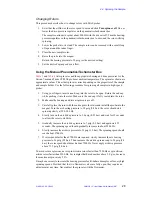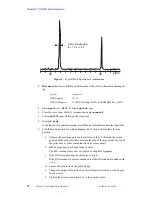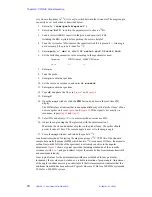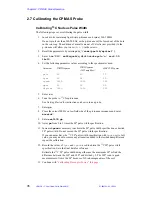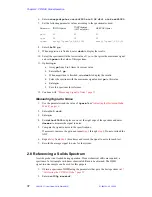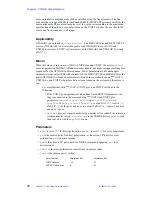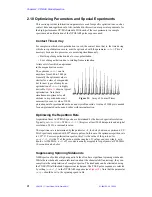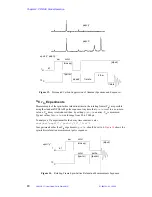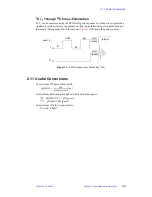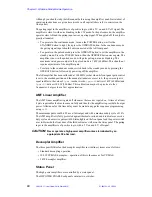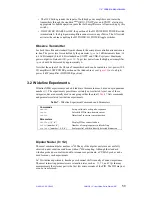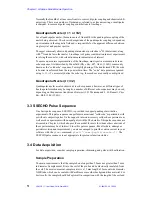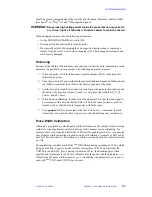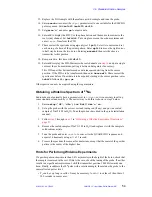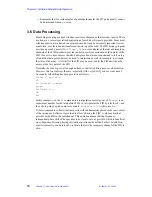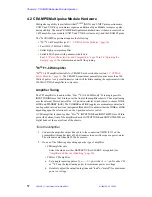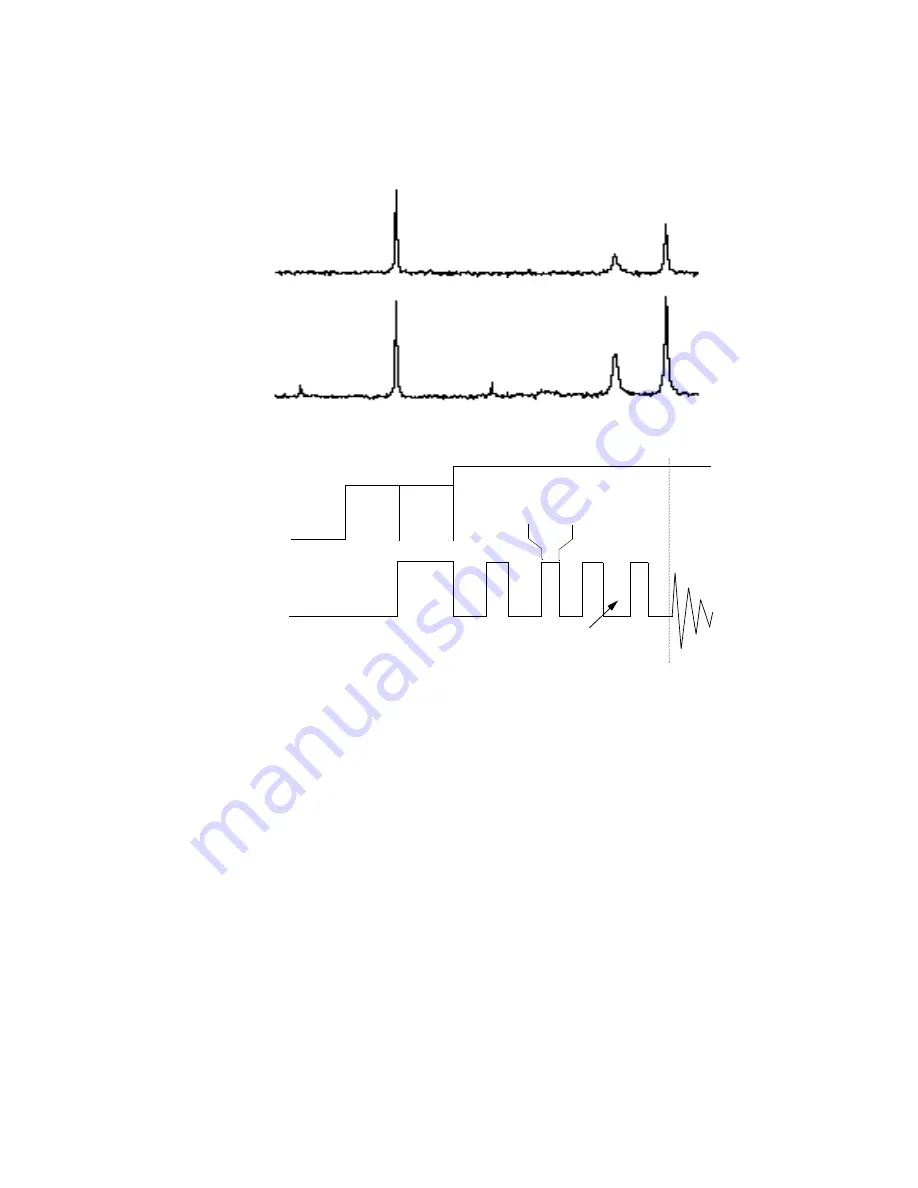
2.10 Optimizing Parameters and Special Experiments
01-999162-00 C0402
VNMR 6.1C User Guide: Solid-State NMR
42
TOSS is less effective at high spinning speeds. Note that if suppression is not complete,
check that
srate
is correct. TOSS uses 180
°
pulses based on
pwx
. It may be necessary to
adjust
pwx
to optimize the TOSS experiment.
Suppressing Protonated Carbon (Interrupted Decoupling)
Off-resonance decoupling and related experiments in which J-coupling is involved are not
routinely possible in solids because dipolar coupling as well as J-coupling is present. One
experiment exists, however, that is used in solids to discriminate between carbon types, and
that is the protonated carbon suppression experiment of Opella and Fry. In this experiment,
the decoupler is turned off for 40 to 100
µ
s before acquisition to dephase the protonated
carbons.
The technique is effective primarily for non-mobile carbons; mobile carbons, like methyl
groups, are typically not suppressed as well.
shows a typical protonated carbon
suppression experiment on alanine, obtained by setting
pdp
(protonated dephasing) equal
to
'y'
, setting
srate
to the spinning speed, and entering appropriate values for
pdpd2
(in
µ
s), the dephasing time.
13
C
1
H
d1
pw
(crossp)
cntct
Delay recipe
including srate
dipolr
xpol='y' toss='y'
toss='n'
toss='y'
Figure 12. TOSS Experiment on Alanine (Spectrum and Sequence)
cnctct
(tpwrm)
2*pwx

